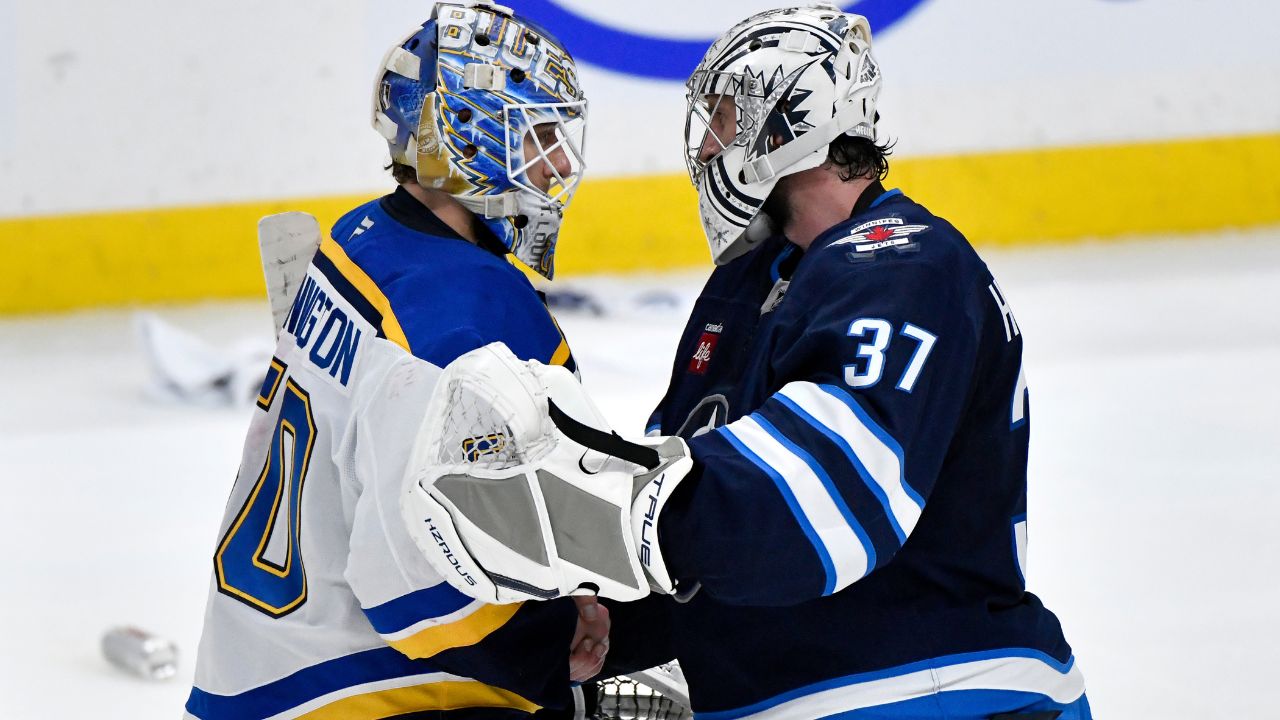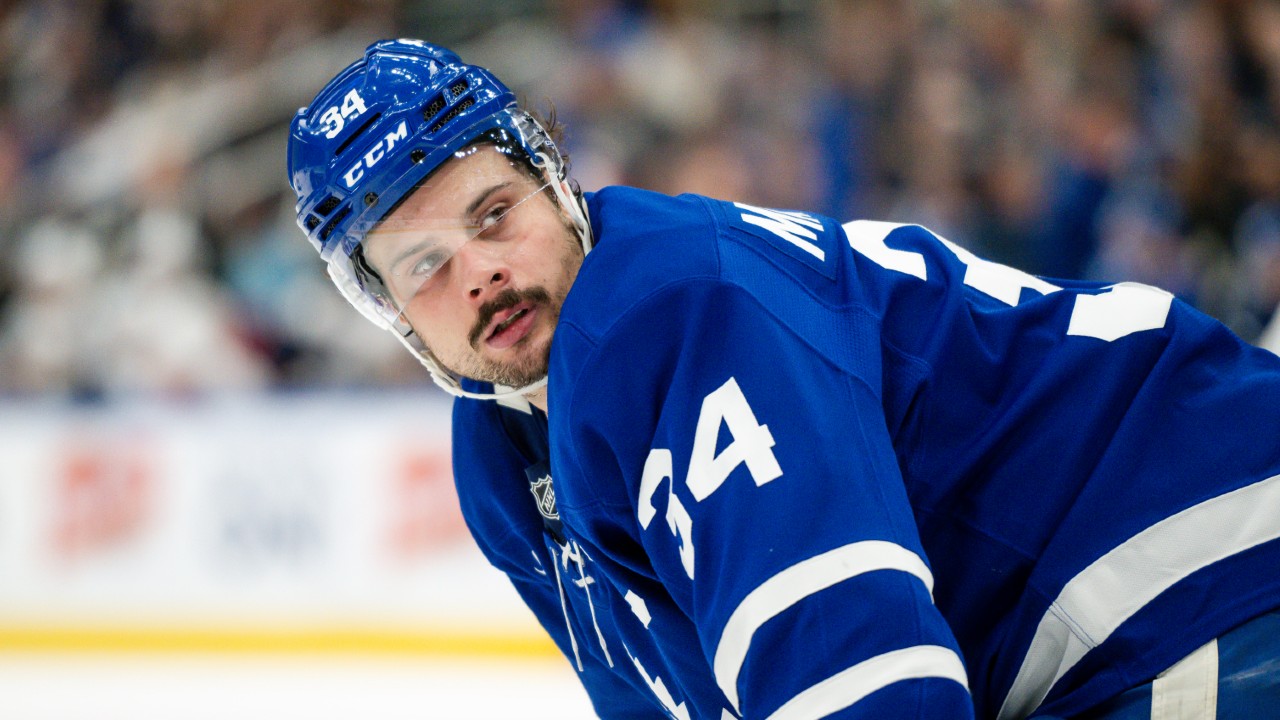
It is expectations that structure the current discourse around Charlie Montoyo.
And my guess is it was weekends such as the past one and stretches such as the Toronto Blue Jays’ most recent 10 games that inspired the team’s front office to pick up Montoyo’s option year in March. I’m not sure one extra year has an impact on a decision about a manager’s future, but it seems to be a statement of intent and, well, can you imagine the discussion without that decision? At least this keeps it civil.
It used to be easy to judge a manager, or at least think you were on solid ground. Yeah, you could focus on the win-loss record but the more enlightened among us liked to think that it wasn’t that simple. The manager set the lineup, used the bullpen, decided when to pinch-hit and put on a few plays here or there. Then they cleaned up the mess or prevented players and fans from getting ahead of themselves. They managed clubhouse crises. They “set the tone,” and made sure they didn’t “lose the clubhouse.”
Once the game started, a manager couldn’t hit for their players. Or catch the ball or pitch. Couldn’t bench a guy for a quarter or period or “mix things up,” in terms of in-game chemistry. A manager can’t “coach up” a player. So you seemed to be on safe ground settling on the manager’s use of the bullpen as the thing that separated the best from the rest, because it played into the notion that the best managers are the ones who put their players into position to maximize their strengths and minimize their weaknesses.
It also fit into the narrative of the manager as ‘skipper,’ standing on the top step and doing all sorts of wizardly things based on some deep, mythical reservoir of baseball knowledge accumulated as a player or on long minor-league bus trips. It gave credence to the ultimate measurement of a manager’s reputation: the ‘gut call.’
Now? Who the heck knows what a gut call looks like, or even if it exists.
Look at the Blue Jays, for example. Look at how the organization uses the word “collaboration,” and how it is Montoyo’s comfort level with the idea that made him a fit in the first place. Whether or not it’s true, there is certainly an impression within and outside the organization that analytics play a pre-dominant role in setting the lineup – when Montoyo was queried about a lineup move in one of his first pre-game media sessions, he talked about “swing-paths and stuff” – and in how and when started and relievers are used.
This is not unique to the Blue Jays – see: Kevin Cash/Blake Snell/World Series. And, I’m not getting into a whole debate about analytics, because it is a colossal waste of time. There is nothing wrong with accumulating as much information as possible. I’m a simple man, just happy that there are people and resources that help me make a little sense of it all, although the “and stuff” is often proprietary information that is also well beyond even those who’ve cast themselves as experts.
So if we assume a high level of collaboration and multiple chefs in the kitchen – pick your analogy – it makes the matter of determining managerial culpability a little dicey, no? Should we be firing a systems analyst or getting rid of software as much as tying the can to the guy in uniform? You’d think collaboration would beget collaborative responsibility and, maybe, guilt.
Blue Jays general manager Ross Atkins said on a conference call on Sunday that the organization is “extremely encouraged” with Montoyo’s handling of the team’s recent glitches.
Good.
This is what I’ve seen from Montoyo through a little more than two years: with him in uniform, Vladimir Guerrero Jr. has overcome weight issues and a lack of position to become an MVP candidate and an everyday first baseman whose defence is no longer a distraction. True, there were a lot of hands on Vladdy – including the oft-criticized and likely completely misunderstood High Performance Dept. – but it is Montoyo who is the point man – which also equates to scapegoat. Guerrero Jr. has become an offensive machine in 2021 after being the only Blue Jays player to appear in all 60 regular-season games during the pandemic season of 2020. This despite concerns about his conditioning.
Also under Montoyo’s guidance, Bo Bichette has continued to grow into a cornerstone player. Lourdes Gurriel Jr. has become an everyday player; Teoscar Hernandez, a run-producing, middle-of-the-order hitter. Now, this might have happened without Montoyo. But it may not have happened.
Either way, he’s done no harm and, frankly, nothing has happened these past three years that is anywhere near the importance of Guerrero Jr.’s and Bichette’s development. Nothing. I wrote and said when Montoyo was hired that the most important thing he would be was the manager who helped shepherd Vladdy Jr. through the early years of his career. I still believe it.
How else do we judge Montoyo? The Blue Jays have at times seemed to lack focus and that can often be laid at the feet of the manager and coaches… or maybe it’s a sign of a team that Atkins admits needs to be better in run prevention, an issue that might best be addressed by personnel tweaking.
A good third baseman would be nice. So would a return to Toronto and an end to the rootlessness. As for the bullpen? As Atkins said: if you’re bludgeoning Montoyo for the way this group has performed lately, you’re obligated to give him credit for the way it over-performed in the first month.
Yet again: how much of that was him? This is an organization with deep philosophical ties to “third time through the order” things; an organization that has invested tons of money in what is, essentially, load-management analytics for starting pitchers. This is a process and you don’t suddenly decide on a warm night in Baltimore to screw it all and let ‘er rip and to hell with the folks in khakis. Not if you want to stayed employed, which I’m sure Montoyo does. The process is supreme.
So here we are on June 22 with the Blue Jays at .500 and seven games back in a division composed of severely flawed teams. I know that getting George Springer back for the two-game series starting Tuesday in Miami or maybe a few days later will make this lineup better. I also know that the decision as to where Marcus Semien bats if Springer leads off will be, um, collaborative.
And I know this team will need to gradually overhaul this bullpen through minor moves, around the edges and maybe at some point a trade, and that ultimately the biggest jolt this organization could receive would be from Nate Pearson or a trade for a big, controllable arm like Tuesday’s Marlins starter, Sandy Alcantara.
But none of that is on Montoyo, who can only do what his bosses want him to do with the talent he’s provided. Remember: he is their guy, unlike John Gibbons. So: Is Charlie Montoyo up to the task of returning to the post-season after 162 games – which seems to the bare minimum expectations in these parts?
I guess that depends on whether you think the team is good enough, and from a COVID-mandated distance I don’t believe the evidence exists to honestly make a case either way right now. But it will exist by the end of the season. Consider it my gut call.
Jeff Blair hosts Baseball Central with Kevin Barker from 2-3 p.m. ET on Sportsnet 590/The Fan.






